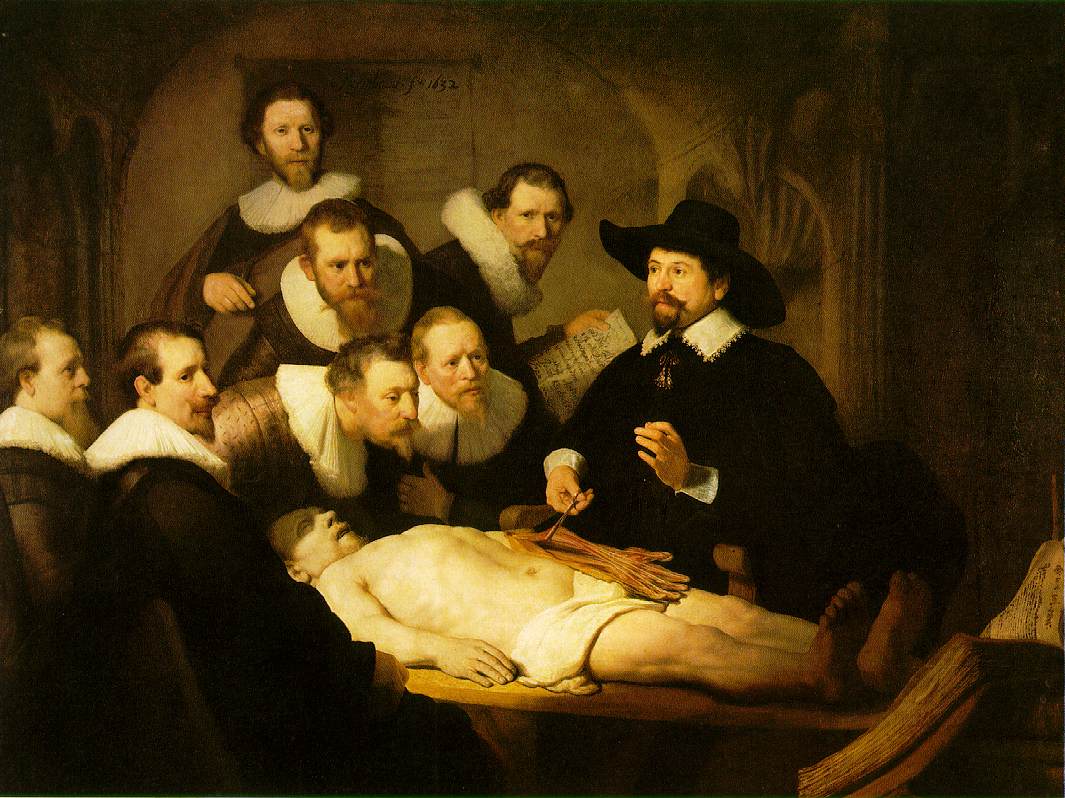Trading of the Renaissance
 |
| trading a horse |
The trading of the Renaissance has led the city states to see how each other are doing, therefore, they competed against each other for better art, architecture, knowledge and organizing skills by learning from the ancient knowledges of the Roman Empire, making powerful governing groups such as guilds and trying to get knew items and discover about them.


